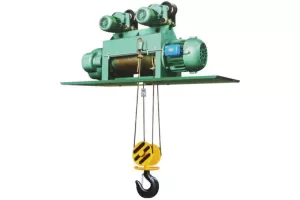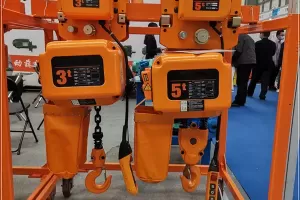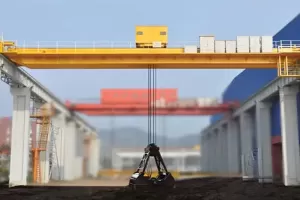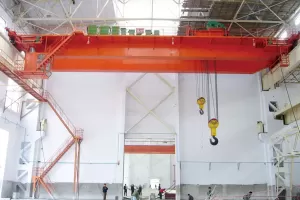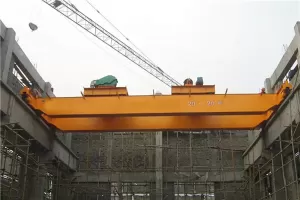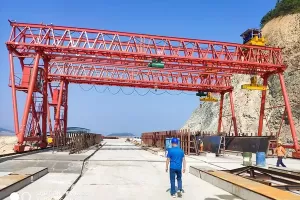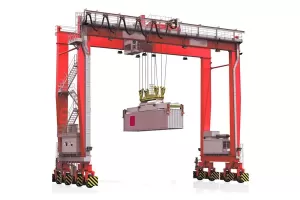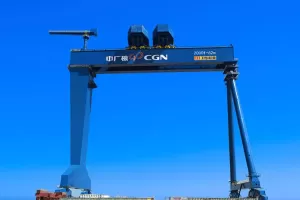Truss cranes are crucial equipment in various industries, including construction and material handling. They are sturdy and reliable equipment designed to lift heavy weights, making them a valuable investment for any Australian company. In this blog, we discuss the key factors to consider when purchasing a truss crane for your business.
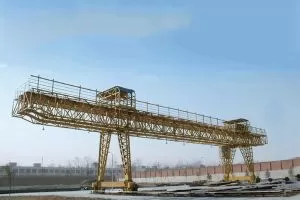
Crane Capacity
The first consideration when buying a truss crane is its capacity. You need to determine the maximum weight capacity of the crane to ensure that it meets your lifting needs. Depending on your business requirements, you may need a crane with a higher weight capacity or a lower capacity. The capacity of truss cranes ranges from 5 to 100 tons, so it is essential to choose a crane that can handle your construction or material handling tasks.
Truss Crane Height
Truss cranes come in different heights, and you need to decide the appropriate height for your lifting tasks. The crane height determines the maximum height that the crane can lift the load. The height of truss cranes ranges from 20 to 120 meters. If you are working on a high-rise project, you may need a crane with a higher height to ensure that it provides sufficient lifting capacity.
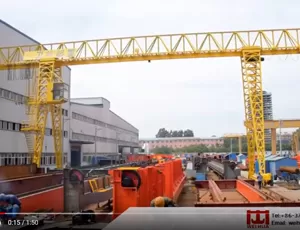
Truss Crane Types
Another important factor to consider is the type of truss crane that meets your business requirements. There are two main types of truss cranes: fixed height and adjustable height. Fixed height cranes are ideal for projects that require consistent heights, while adjustable height cranes offer versatile lifting options, allowing you to raise or lower the crane based on the project's requirements.
Location
The location of the site where you will use the truss crane is an important consideration. You need to factor in the space and accessibility of the area where the crane will operate. If the crane will work in a confined space, you may need a crane with a smaller footprint. You also need to consider the ground conditions, and if the ground is soft, you may need a crane that spreads its weight across a larger footprint.
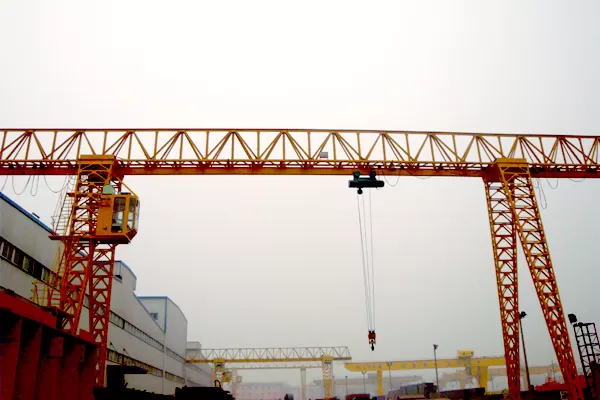
Maintenance
Maintaining a truss crane is crucial to ensure its optimal performance and extended lifespan. Before selecting a crane, you need to consider its maintenance needs and ensure you can maintain it in good working condition. You need to factor in the cost and frequency of maintenance as well as the availability of spare parts.
Conclusion
Choosing the right truss crane is essential to ensure that your construction or material handling tasks run smoothly. When purchasing a truss crane, you need to consider the crane capacity, height, type, location, and maintenance needs. Working with a reputable truss crane supplier can also help you make an informed decision and ensure you get value for your investment.
Keywords: truss crane, crane truss, Australian customers, buying guide, crane capacity, truss crane height, truss crane types, location, maintenance.


